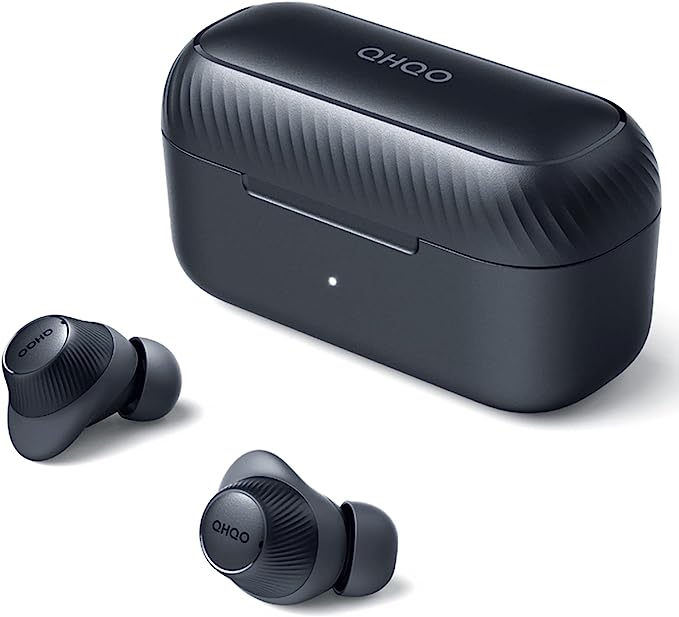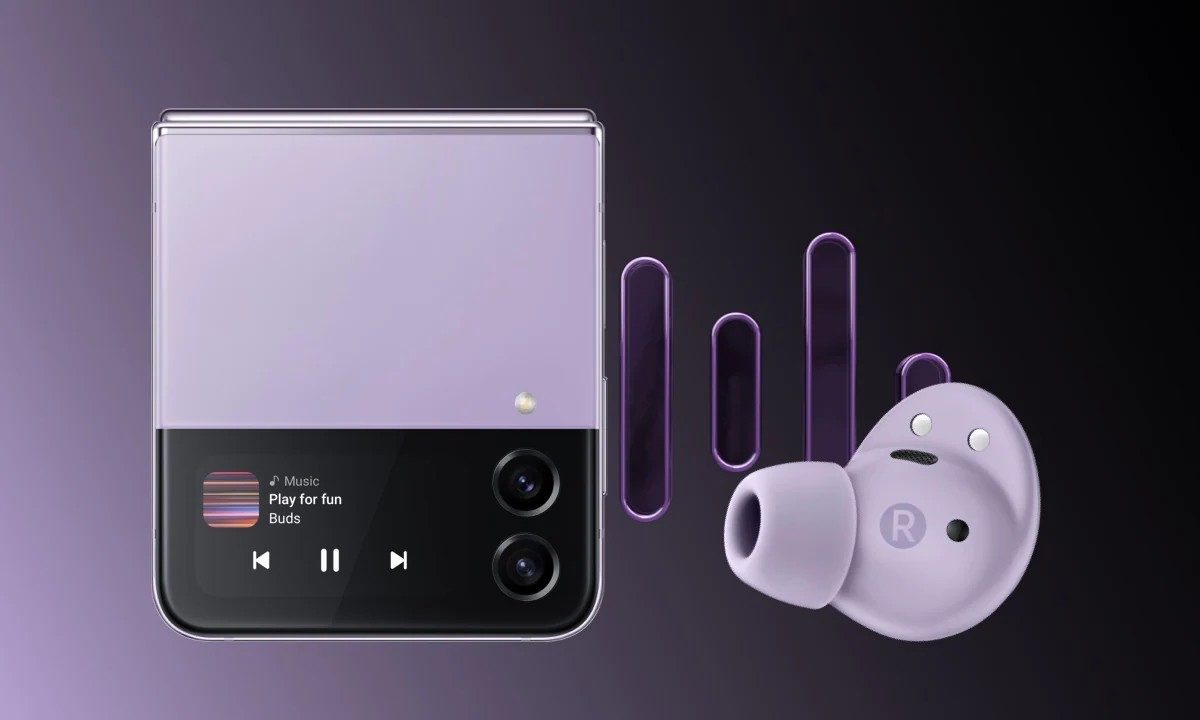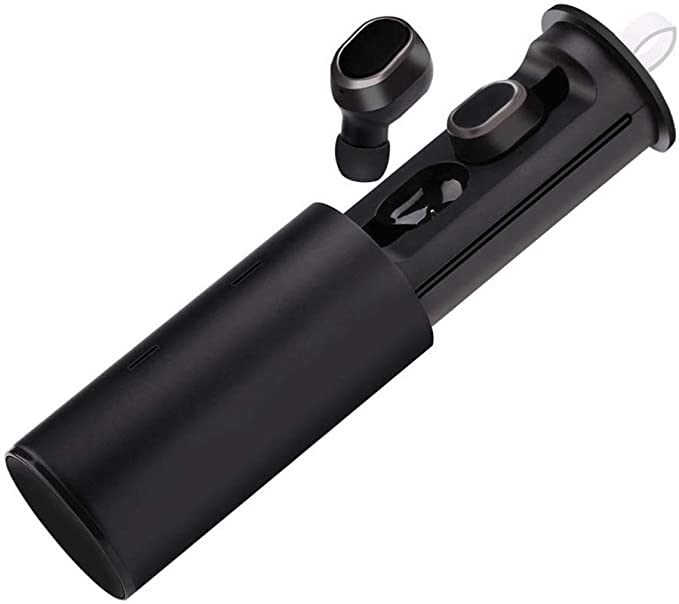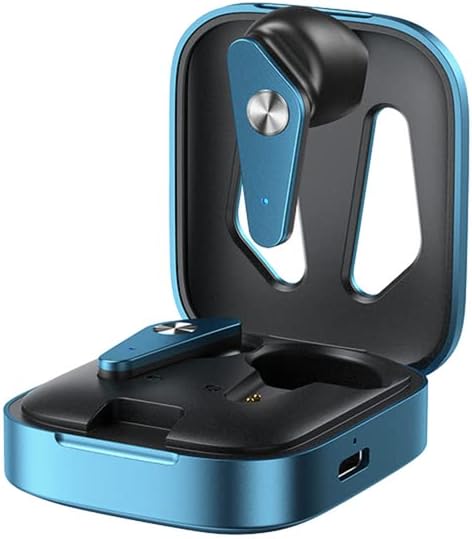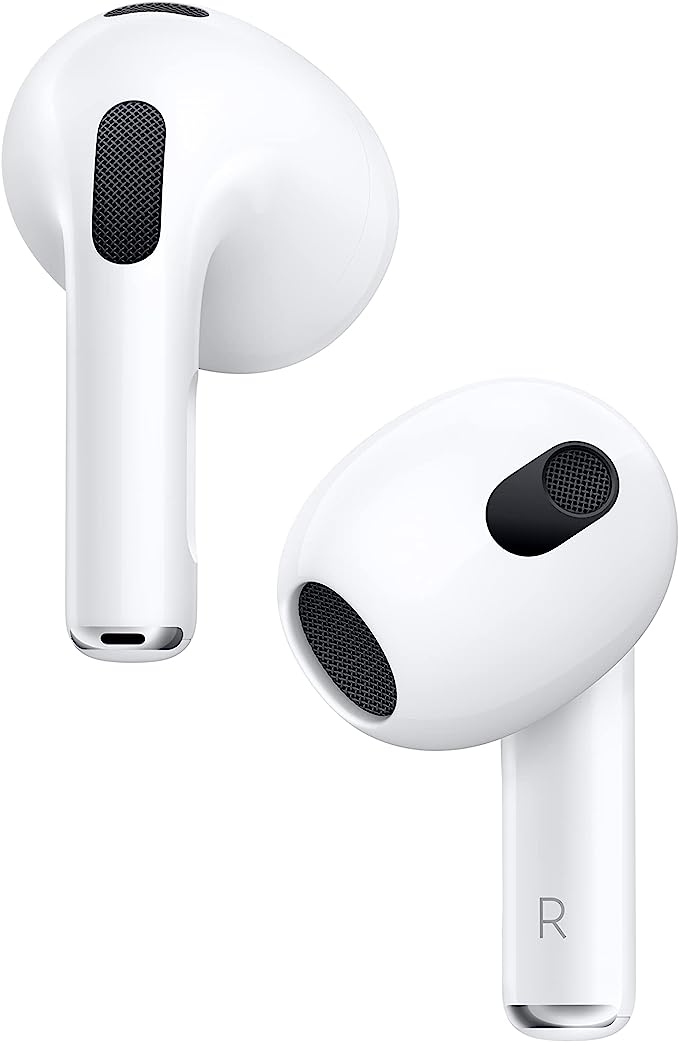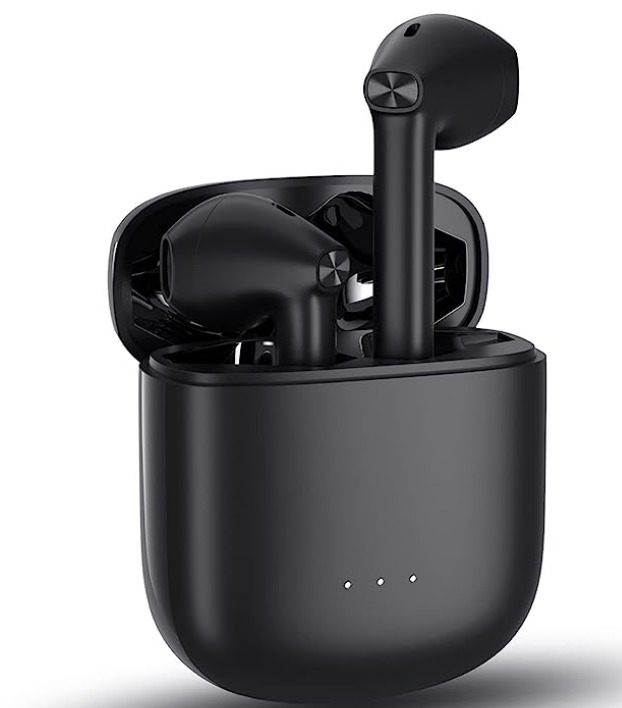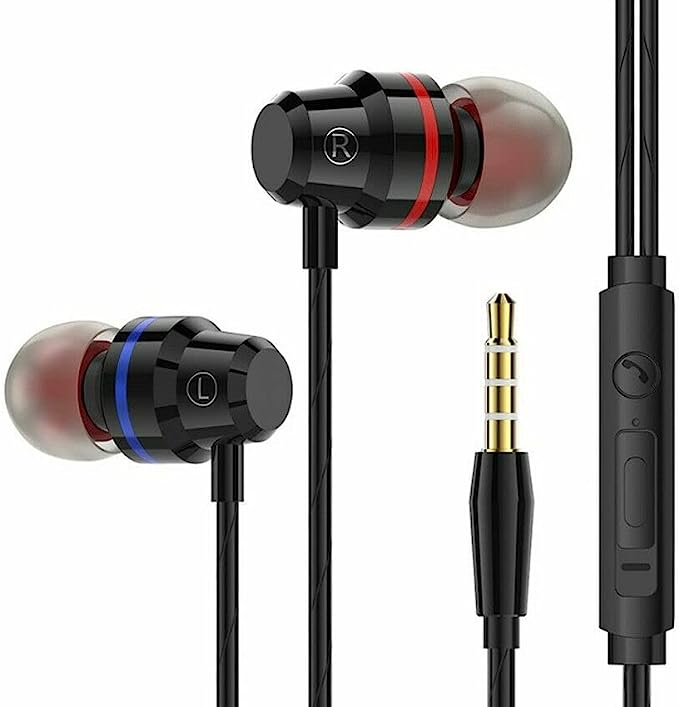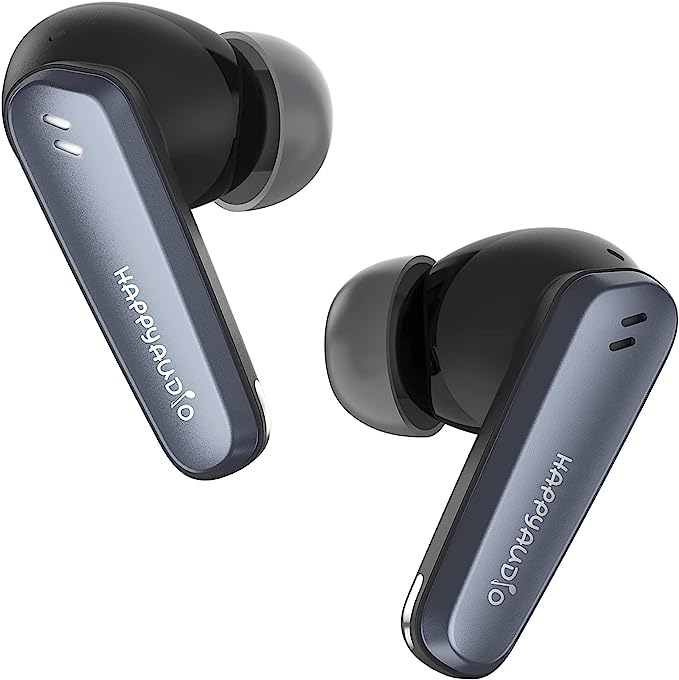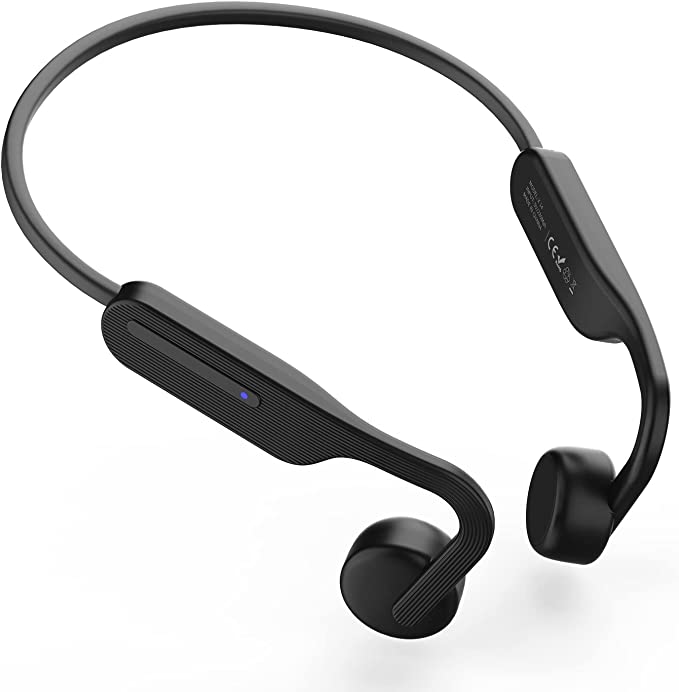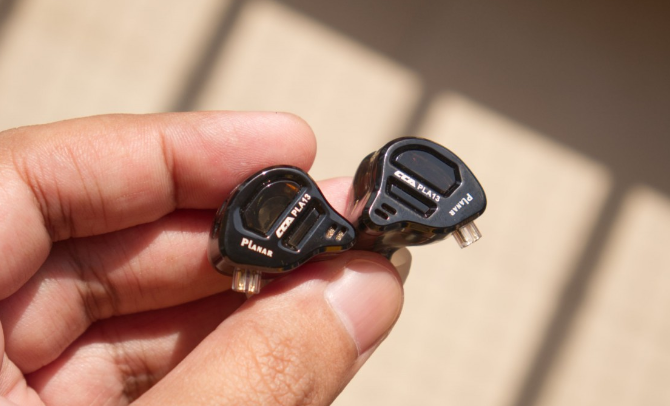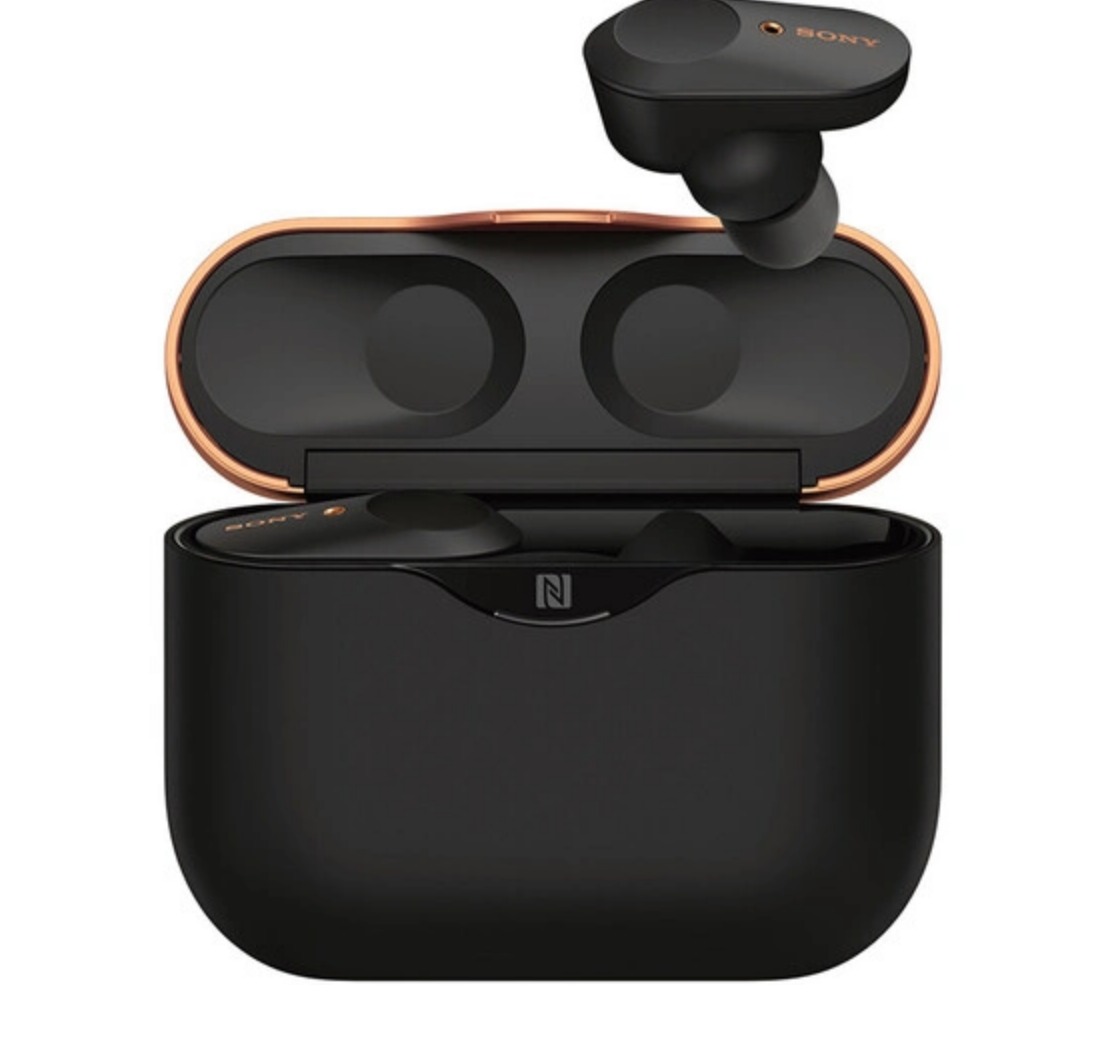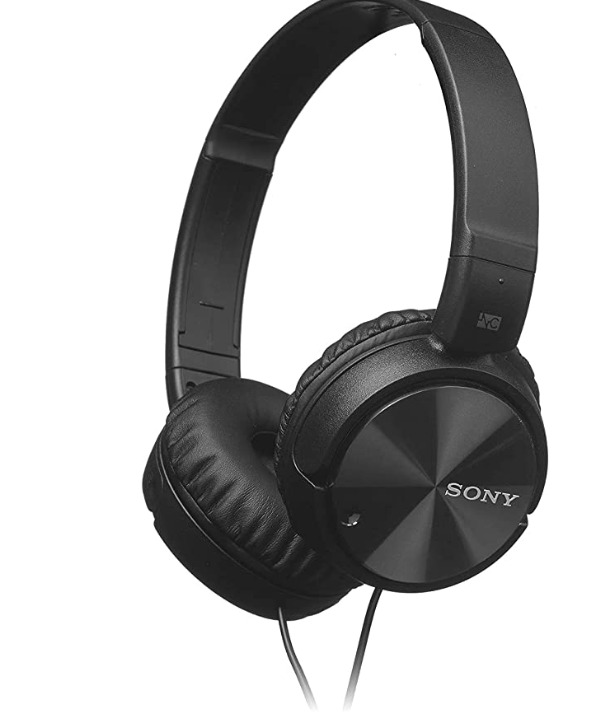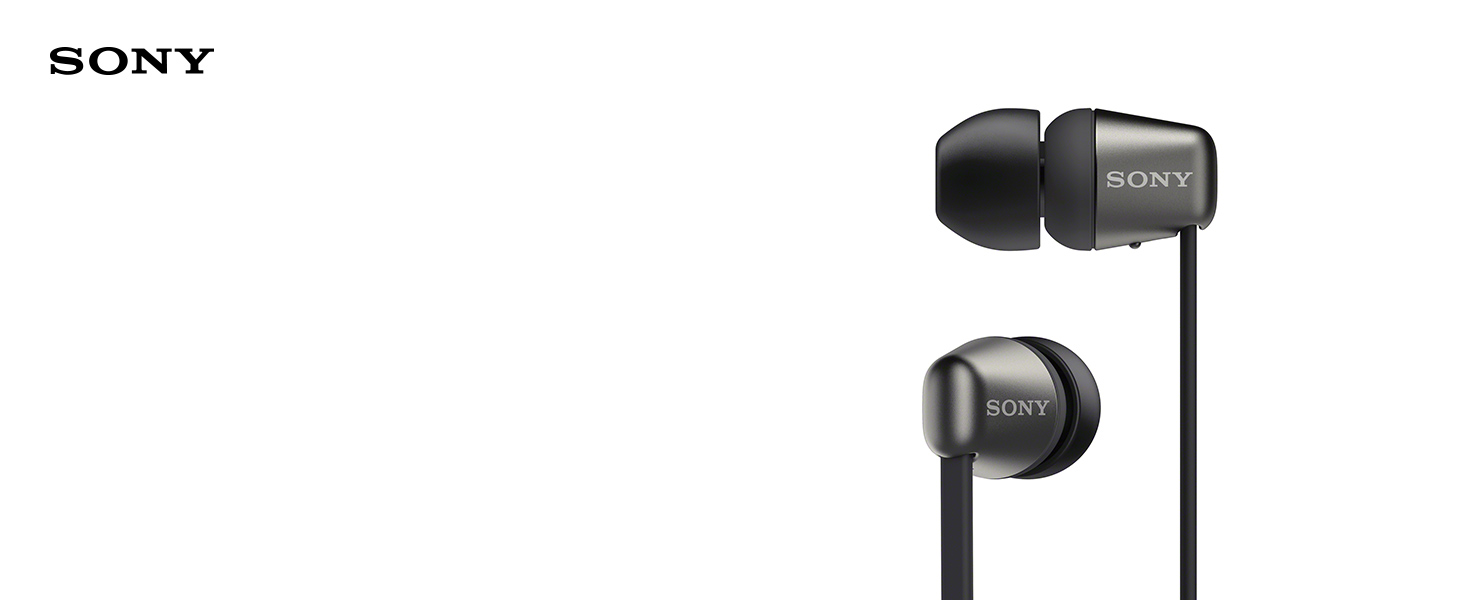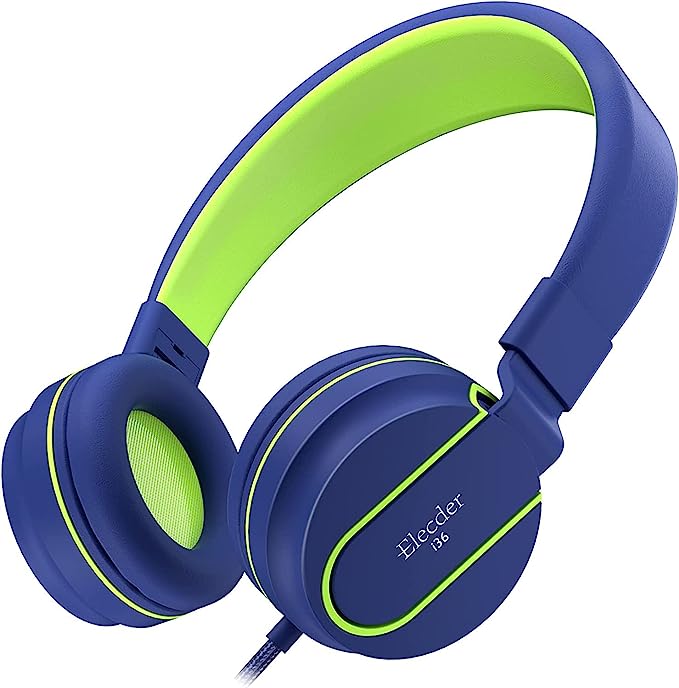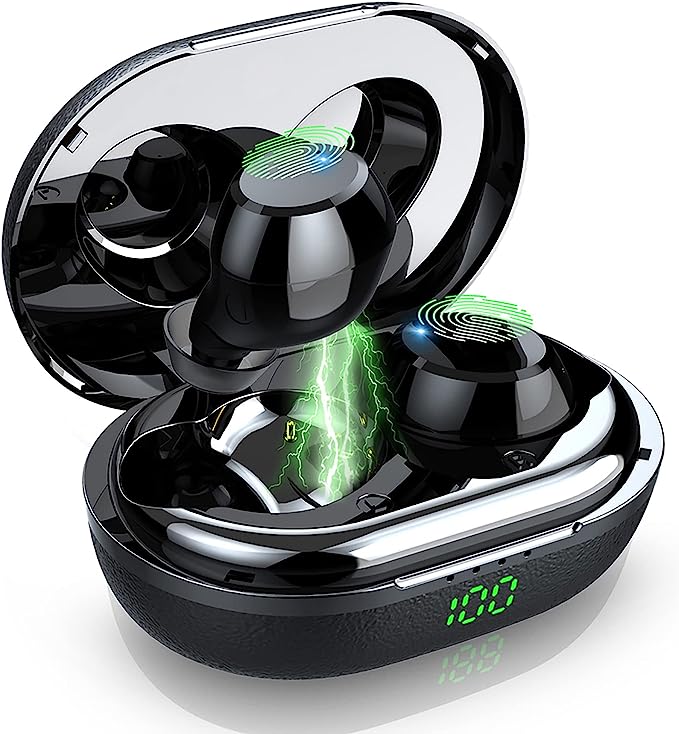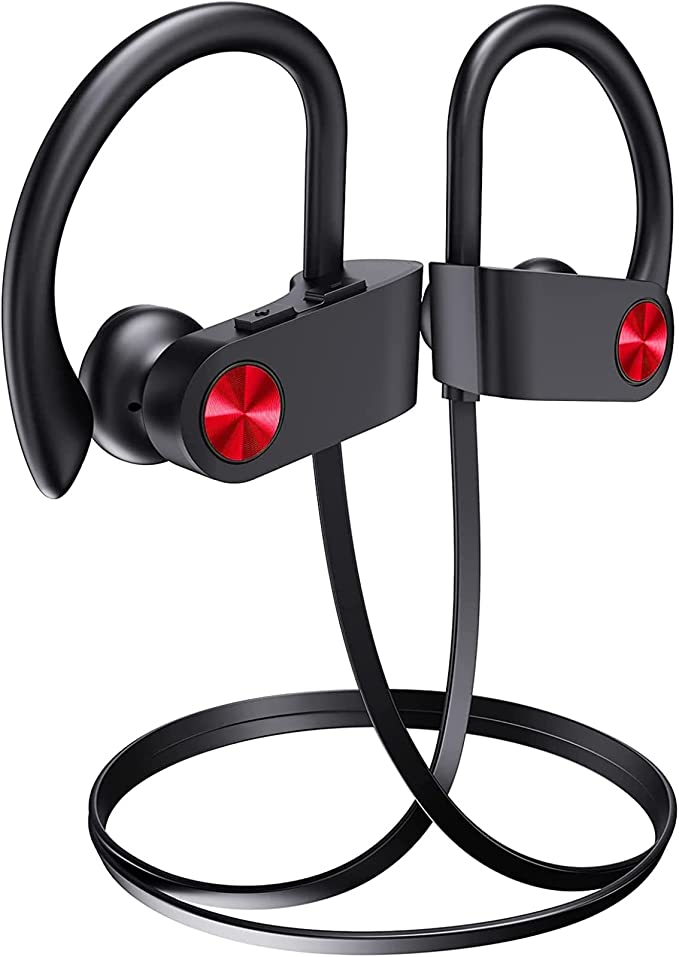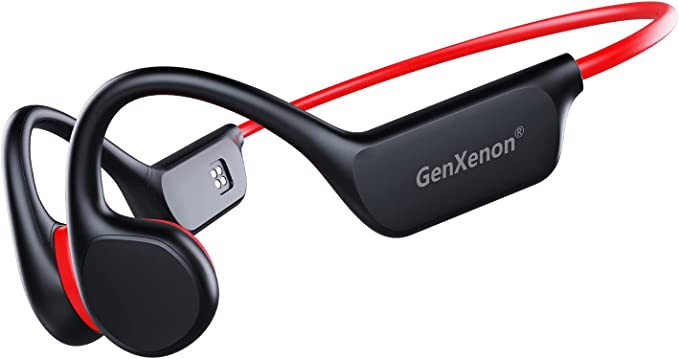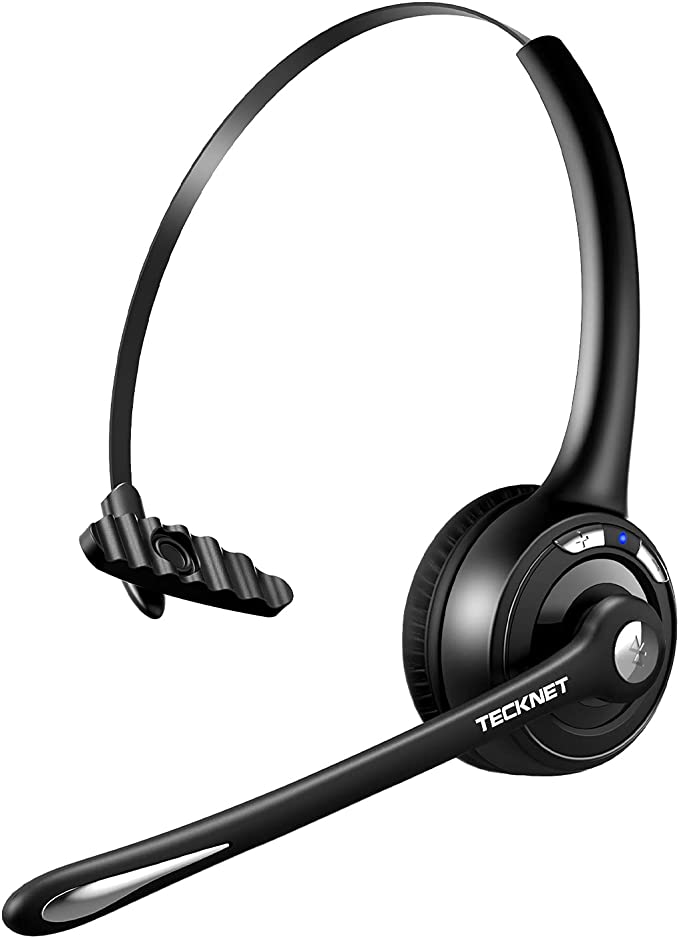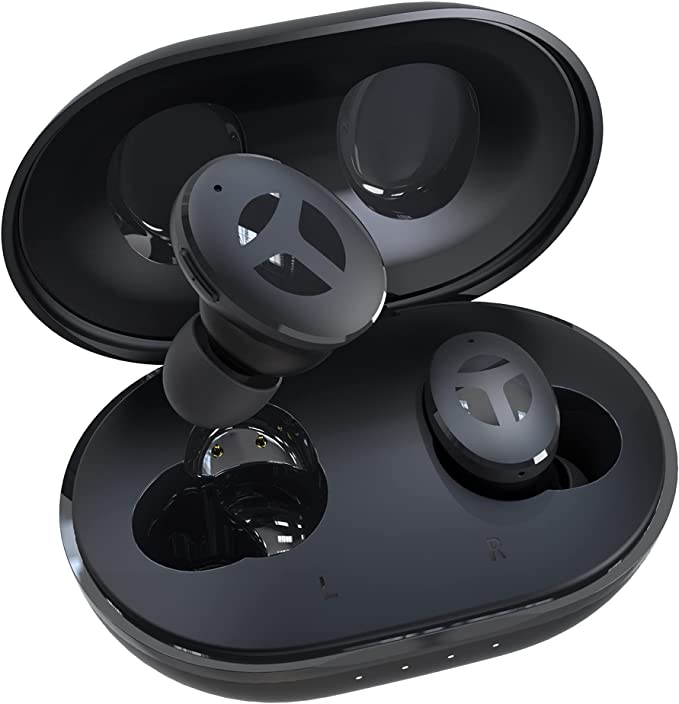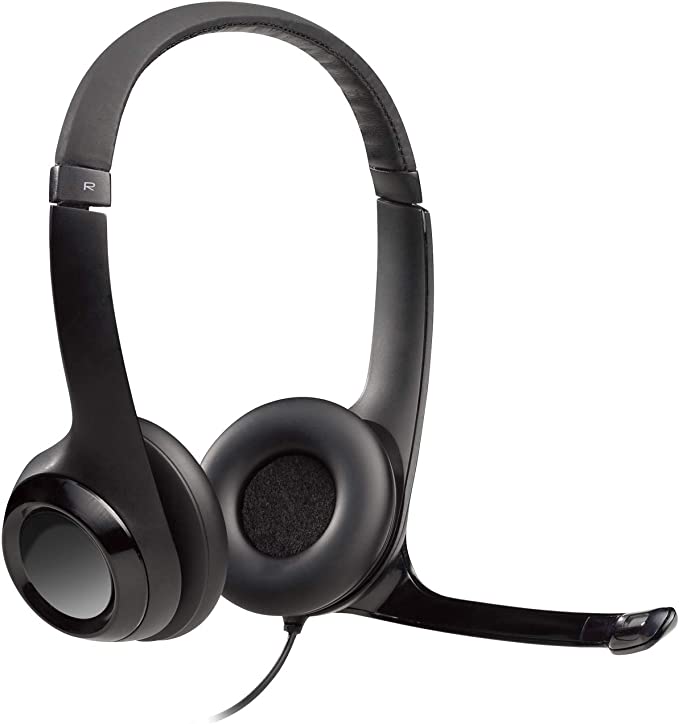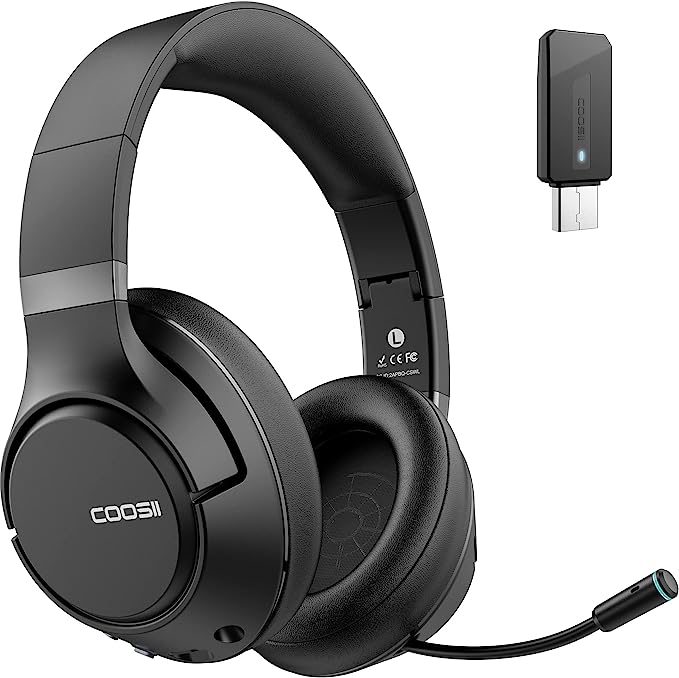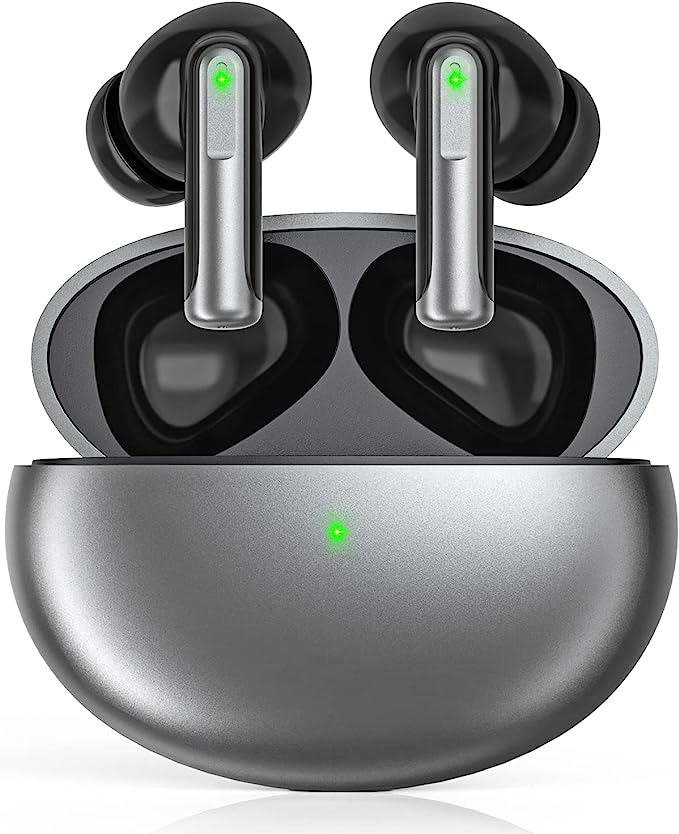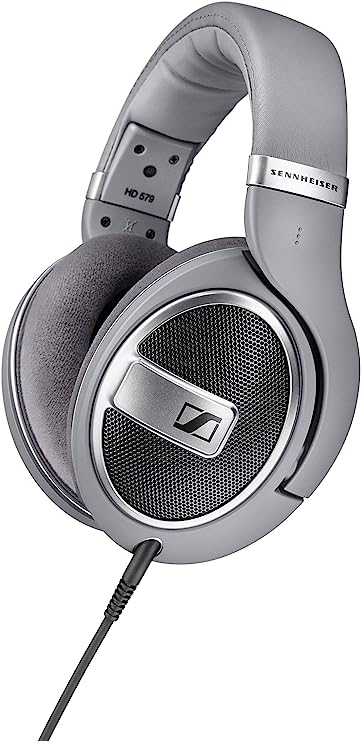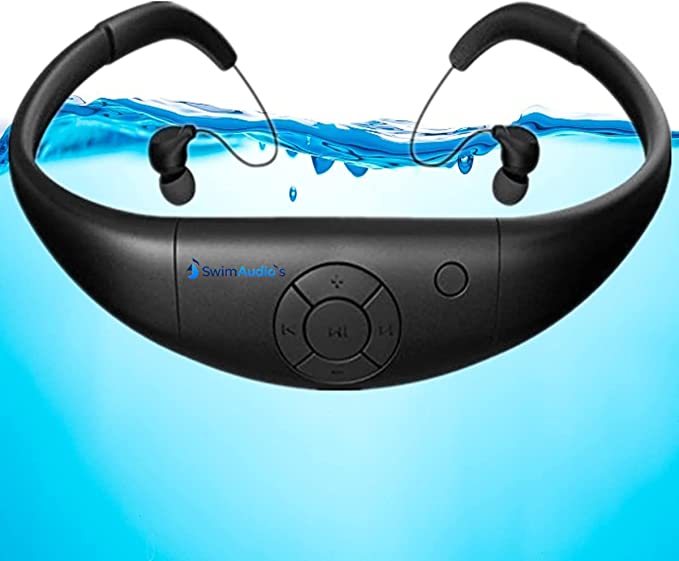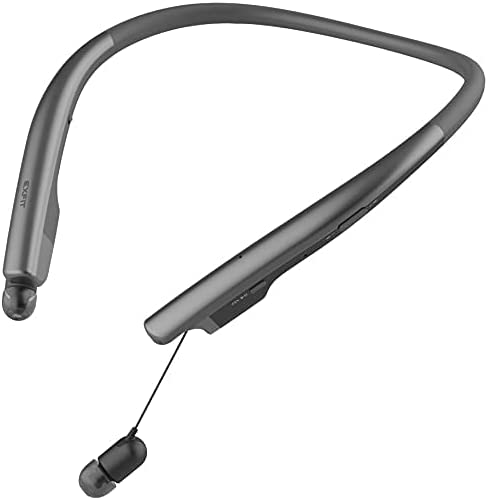The Hybrid Driver Revolution: Why Your Next Earbuds Need a "Woofer" and "Tweeter"
Update on Oct. 30, 2025, 2:18 p.m.
If you’ve ever felt that your music just sounds… flat, you’re not alone. You listen on standard earbuds and the sound is fine, but it lacks punch. The bass is muddy, or the cymbals are thin, and the vocals feel lost in the mix.
Welcome to the great compromise of single-driver earbuds.
For decades, the challenge has been forcing one tiny, single speaker (called a “driver”) inside an earbud to do the impossible: reproduce the deep rumble of a bass guitar, the rich emotion of a human voice, and the delicate shimmer of a high-hat, all at the same time.
It’s like asking a single musician to play the tuba and the flute simultaneously. They might manage, but neither instrument will sound its best.
But what if you didn’t have to compromise? What if you could fit an entire high-fidelity speaker system—with its woofers, mid-range speakers, and tweeters—directly into your ears?
This isn’t science fiction. This is the hybrid driver revolution, and it’s the single biggest leap in personal audio you’ve probably never heard of. Let’s look under the hood.
The Problem: The “One-Size-Fits-All” Driver
Most true wireless earbuds you’ll find on the market, from the cheapest knock-offs to many premium models, use a single Dynamic Driver.
Think of a dynamic driver as a miniature version of a classic home stereo speaker. It uses a magnet, a voice coil, and a diaphragm (a thin cone) to move air. Its strength is its ability to move a lot of air, which is fantastic for creating rich, powerful, and thumping bass.
But here’s the trade-off. To create that bass, the diaphragm has to be larger and move slower. When that same driver is asked to also reproduce a fast, delicate guitar solo or a crisp vocal, it struggles. The sound can become “slow,” “muddy,” or “unfocused.” The details get lost.
This is why, for years, audio engineers and “in-the-know” musicians turned to a different technology.
The Specialist: The Balanced Armature (BA) Driver
Enter the Balanced Armature (BA) driver. This is a completely different beast.
Originally developed for hearing aids, where vocal clarity and precision are non-negotiable, a BA driver is a marvel of miniaturization. It doesn’t have a big cone to move air. Instead, it uses a tiny reed (the “armature”) balanced between two magnets. When an audio signal passes, this reed vibrates incredibly fast.
A BA’s superpower is speed and precision.
Because its moving parts are so small and light, it can respond to complex sounds with lightning speed. This translates into crystal-clear mid-range frequencies (where vocals and guitars live) and sparkling, detailed high-frequencies (the “air” and “shimmer” in a recording).
But, you guessed it, there’s a trade-off here, too. Because BAs are so small, they can’t move much air. By themselves, they often sound thin and lack that satisfying bass punch.
So, for decades, you had a choice: the “fun” and powerful bass of a Dynamic Driver, or the “clinical” and precise detail of a Balanced Armature.
Until engineers decided to combine them.
The “Aha!” Moment: The Hybrid Driver System
A hybrid driver system does exactly what it sounds like. It stops compromising and instead combines different driver types, letting each one do the job it was born to do.
It’s the best of both worlds.
In this setup, you have a “team” of drivers working in harmony:
- The Dynamic Driver (The Woofer): This big, muscular driver is given one job and one job only: handle the low-end. It’s free to produce deep, rumbling, and distortion-free bass.
- The Balanced Armature(s) (The Tweeters): These smaller, faster drivers are assigned the mid-range and high-frequencies. They are free to focus on detail, clarity, and texture, without being overwhelmed by the bass.
But how do you split the sound? You use an electronic “traffic cop” called a crossover. This tiny circuit board inside the earbud takes the incoming music signal and intelligently splits it, sending only the bass frequencies to the dynamic driver and only the mid/high frequencies to the balanced armatures.
The result is a sound that is both powerful and detailed. It’s like upgrading your audio from a blurry photo to a stunning high-resolution image. You suddenly start hearing things in your favorite songs you never knew were there: the sound of the guitarist’s fingers on the strings, the subtle breath a singer takes, the complex layers of a synthesizer.
Case Study: The “Triple Driver” Hybrid
This technology is no longer just for $1,000+ professional monitors. It’s now the core of a new wave of “audiophile-grade” consumer earbuds.
A perfect example of this philosophy in action is the Status SAEE-3X Audio Between Pro. Instead of just two drivers, it uses a hybrid triple-driver configuration: one 10mm dynamic driver paired with two separate balanced armature drivers.

This “2+1” setup is a popular and effective design:
- One Dynamic Driver: Handles all the sub-bass and bass.
- One BA Driver: Is tuned specifically for the mid-range (vocals, piano, guitars).
- A Second BA Driver: Is dedicated solely to the high-frequencies (cymbals, strings, details).
By giving each part of the audio spectrum its own dedicated speaker, the sound remains incredibly clear and separated, even during complex, “busy” tracks.
Why a Great “Engine” Needs a Good “Car”
Of course, a fantastic set of drivers is useless if the signal reaching them is poor, or if the earbud itself is flawed. The drivers are the engine, but you still need the rest of the car.
When you’re evaluating any earbud, especially a hybrid, here are the other critical pieces of the puzzle.
1. The Seal: Passive Noise Isolation
This might be the most misunderstood part of audio. Before you even think about Active Noise Cancellation (ANC), you must achieve a good passive noise-isolating fit.
This simply means finding the right-sized silicone ear tip to create a perfect seal in your ear canal. A proper seal does two crucial things:
- It blocks outside noise. This is “passive” isolation. It physically stops noise from getting in, which instantly improves clarity.
- It traps the bass. Bass frequencies are just waves of air. If your earbud has a loose fit, all that powerful bass your dynamic driver is producing will just leak out, and the sound will be thin and tinny.
A good seal is free, and it’s more important for sound quality than any electronic feature.
2. The Pipeline: Bluetooth & Codecs
Your audio has to get from your phone to the earbuds wirelessly. The “pipeline” it travels through is Bluetooth. Modern standards like Bluetooth 5.2 are excellent, providing stable connections and better power efficiency.
But the codec matters, too. A codec is the software that compresses your music to send it over Bluetooth and then decompresses it. A high-quality chipset (like those from Qualcomm) can support codecs like aptX, which allows for “CD-like” quality streaming, preserving more of the original audio detail than standard codecs.
3. The Stamina: Battery Life
A long battery life (e.g., 12 hours on the buds, 36+ in the case) isn’t just about convenience. It’s a sign of an efficient system. It means the internal amplifier that powers those three drivers has enough juice to do its job properly without starving for power, which can help maintain sound quality and prevent distortion at higher volumes.
4. The Real-World: Calls and Durability
Finally, you have to live with them. * Call Quality: Look for multi-microphone systems. Products like the Status Between Pro use four mics with Qualcomm cVc (Clear Voice Capture). This is not ANC. Its only job is to analyze your voice and filter out background noise for the person on the other end of the call. * Durability: An IPX5 rating is a great standard for real-world use. It means the earbuds are protected from sweat and rain. You can’t swim with them, but you can absolutely crush a workout or get caught in a downpour without worry.

Your Takeaway: You’re an Informed Listener Now
The world of audio is full of marketing fluff. But “hybrid driver” isn’t a gimmick. It’s a genuine piece of engineering that solves a fundamental problem.
By moving away from the “one-driver-fits-all” compromise, hybrid systems unleash a level of detail, clarity, and power that was previously impossible in a tiny earbud.
So the next time you’re looking for your next pair, don’t just look at the brand name or the color. Look under the hood. Ask about the “engine.” Does it have a hybrid system? Does it use both dynamic and balanced armature drivers?
You’re no longer just a casual listener. You’re an informed one. And you know the secret to finding truly great sound.
